In the vast tapestry of evolutionary adaptations, few are as remarkable as the snake’s ability to thrive without limbs in a world where most vertebrates depend on legs, wings, or fins for mobility. Snakes have not merely survived this apparent disadvantage—they have mastered the art of limbless locomotion to become one of the most successful vertebrate groups on the planet. From deserts to rainforests, from underground burrows to treetops, snakes navigate diverse environments with astonishing precision and efficiency. Their movement represents one of nature’s most elegant solutions to the challenge of mobility, demonstrating how evolutionary pressures can transform apparent limitations into specialized advantages. This article explores the fascinating mechanisms, adaptations, and behaviors that allow snakes to move with such remarkable precision despite their limbless form.
The Evolutionary Journey to Limblessness

Snakes evolved from lizard ancestors approximately 100-150 million years ago, gradually losing their limbs as they adapted to burrowing lifestyles. This transition didn’t happen overnight—fossil records reveal intermediate forms with reduced limbs before the complete limbless morphology emerged. The most primitive living snakes, such as pythons and boas, still retain vestigial pelvic girdles and tiny claws called spurs, silent witnesses to their limbed ancestry. This evolutionary path represents a specialized adaptation rather than a disadvantage, as limblessness proved advantageous for moving through tight spaces, capturing prey, and avoiding predators. The loss of limbs coincided with significant reorganization of the snake’s entire body plan, including elongation of the trunk, multiplication of vertebrae, and development of specialized musculature and scales.
The Remarkable Vertebral Column
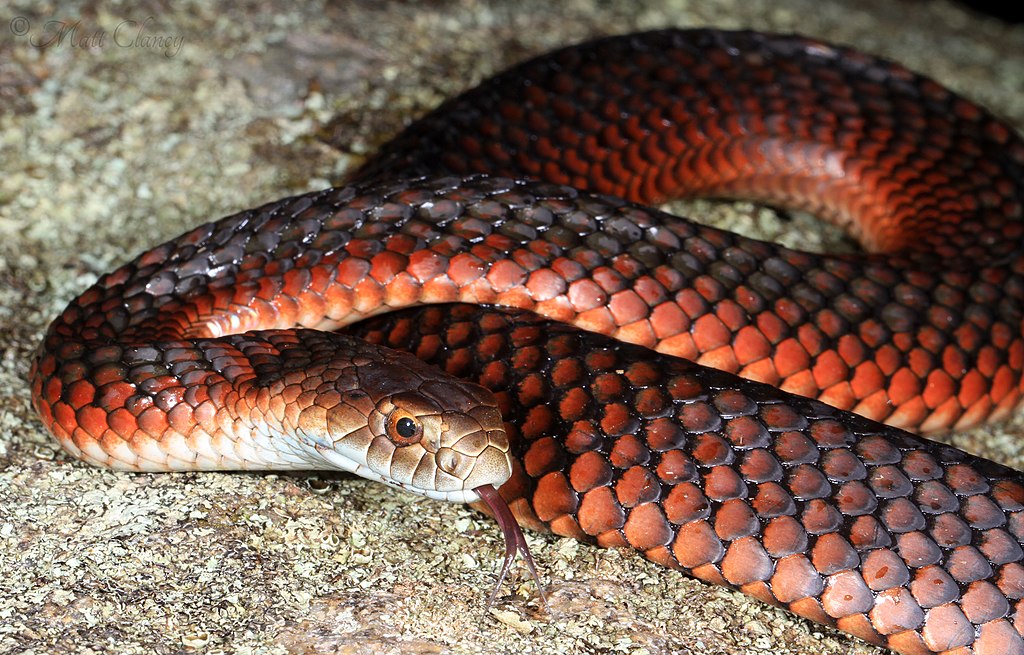
At the core of snake locomotion lies their extraordinary vertebral column, featuring between 200-400 vertebrae compared to the mere 33 in humans. This extensive backbone provides unprecedented flexibility while maintaining the structural support necessary for movement without limbs. Each vertebra connects to its neighbors through an intricate system of ball-and-socket joints that allow for multidirectional movement while preventing excessive twisting that could damage the spinal cord. The vertebrae also feature specialized projections called zygapophyses that interlock with adjacent vertebrae, providing stability during movement. Additionally, snakes possess unique accessory articulations between vertebrae known as zygosphenes and zygantra that further reinforce the spine during lateral undulation, essentially creating a biomechanical masterpiece that balances flexibility with structural integrity.
Muscular Architecture: The Engine of Movement
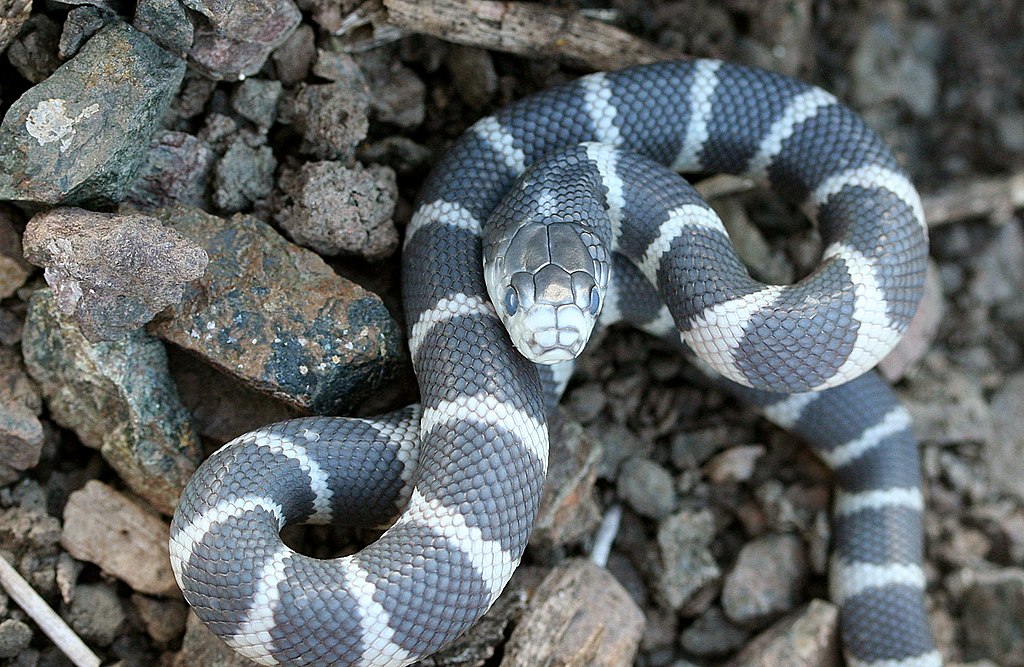
Snake musculature represents a dramatic reorganization compared to their limbed ancestors, featuring hundreds of independently controlled muscle segments that work in concert to generate precise movements. Rather than the large muscle groups found in limbed animals, snakes possess repeating sets of axial muscles attached to each vertebra and rib, creating a segmented muscular system with extraordinary control capabilities. These muscles typically work in antagonistic pairs—when muscles on one side contract, they cause the spine to bend while the opposing muscles relax. The segmented design allows snakes to contract different sections of their body independently, creating the waves that propagate along their length during movement. This fine-grained neuromuscular control enables snakes to make subtle adjustments to their movement patterns in response to the terrain, creating a sophisticated locomotion system that compensates for the absence of limbs.
Specialized Scales: Nature’s Traction Devices
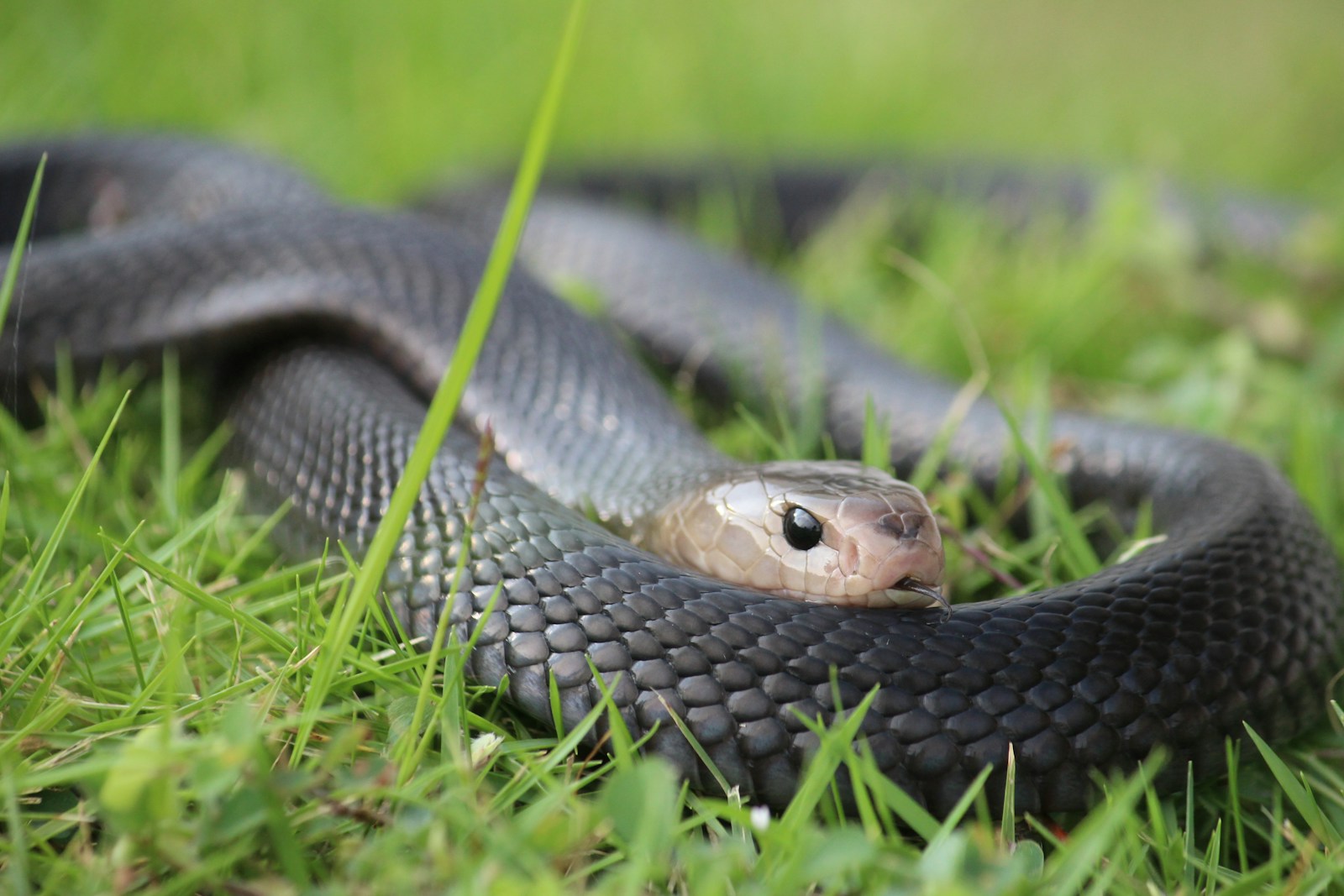
The ventral scales (scutes) of snakes serve as critical traction devices that transform muscular contractions into forward movement on various surfaces. These broad, overlapping scales function similar to treads on a tank, gripping the ground as the snake’s muscles push against them. Each ventral scale can be slightly lifted and angled by tiny muscles connected to the snake’s ribs, allowing precise control over how they interact with the substrate. The specialized microstructure of these scales, including microscopic ridges and pits, enhances their ability to grip surfaces ranging from sand to tree bark. Studies have revealed that the mechanical properties of these scales vary between species to match their ecological niches—desert-dwelling species often have more pronounced ridges that prevent slippage on loose sand, while arboreal species have specialized scales that maximize grip on vertical surfaces.
Lateral Undulation: The Standard Movement Pattern

Lateral undulation represents the most common and efficient movement pattern employed by snakes, characterized by S-shaped waves that travel from head to tail. This motion relies on the snake pushing against irregularities in the environment—rocks, vegetation, or soil variations—that serve as anchor points for propulsion. As the wave progresses down the snake’s body, each section pushes laterally against these contact points, converting lateral force into forward movement through a principle known as lateral resistance. The mechanics of this movement involve precise coordination between muscle activation patterns and the exact timing of scale engagement with the substrate. Remarkably, snakes can adjust the amplitude, frequency, and speed of these waves in real-time to navigate different terrains, demonstrating extraordinary neuromuscular control. This adaptability explains why lateral undulation works effectively across diverse environments from forest floors to rocky outcrops.
Rectilinear Progression: The Stealth Movement
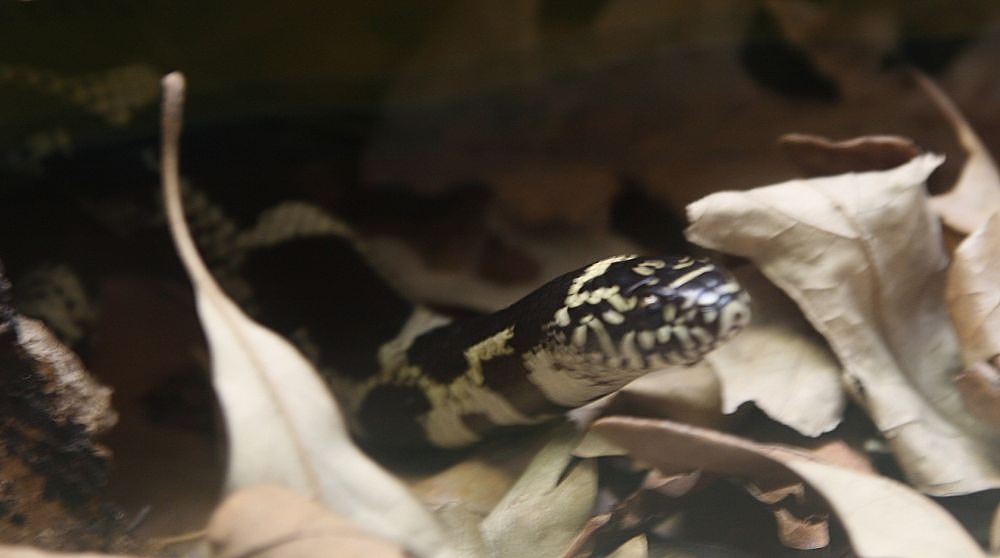
Large, heavy-bodied snakes like pythons and boas frequently employ rectilinear locomotion, a specialized movement pattern that allows them to move in a straight line without lateral bending. This unique motion involves the coordinated lifting and forward placement of ventral scales in sections, creating a caterpillar-like movement that’s both energy-efficient and nearly silent. During rectilinear progression, specialized muscles pull sections of ventral scales forward while others remain anchored to the ground, creating a rippling motion along the snake’s underside. This movement pattern proves particularly valuable for approaching prey without detection or for navigating extremely confined spaces where lateral undulation would be impossible. Biomechanical studies have revealed that rectilinear locomotion offers the lowest energy cost per distance traveled, making it ideal for large constrictors that often remain motionless for extended periods between hunting events.
Concertina Movement: Navigating Tight Spaces
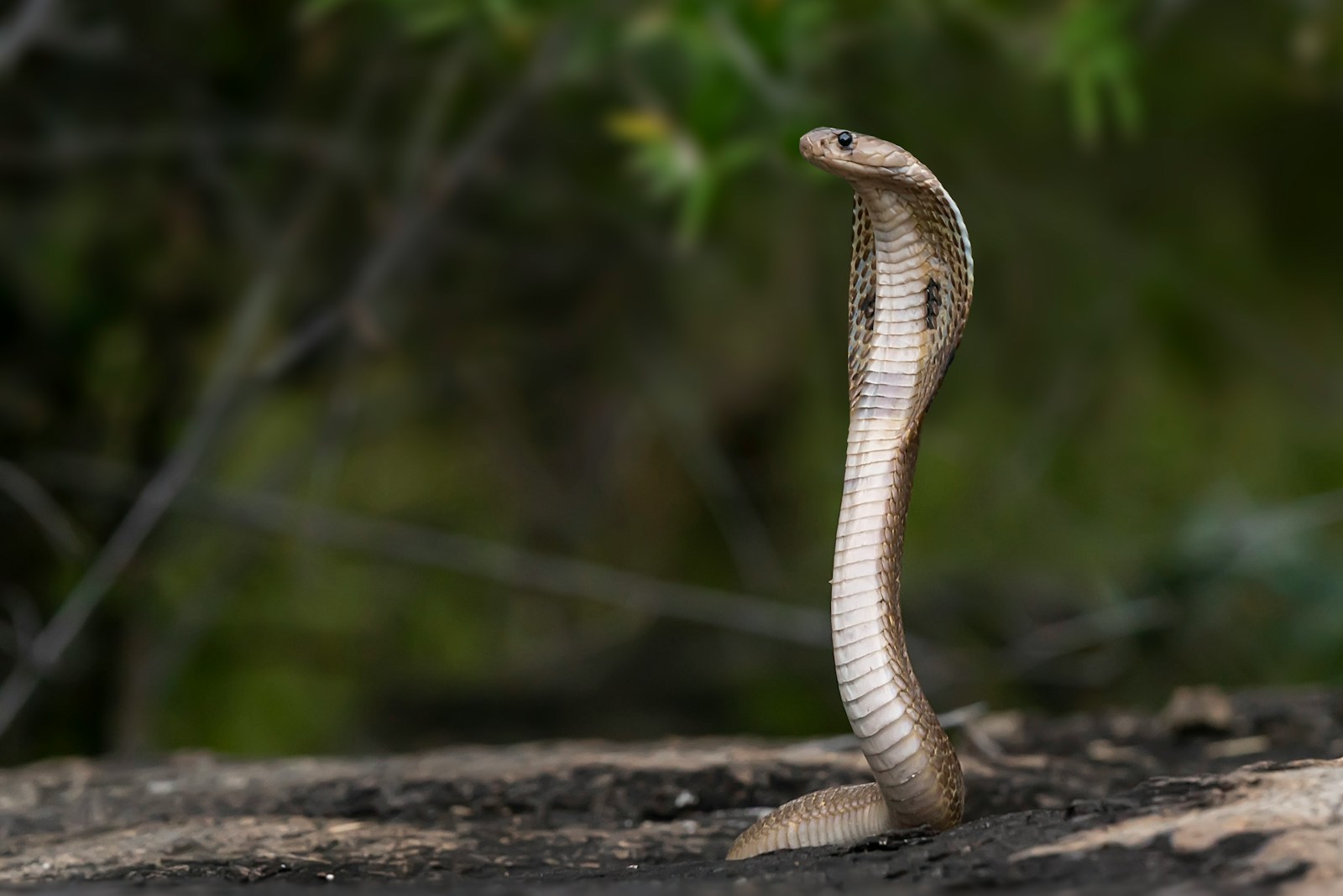
When confronted with narrow tunnels or branches where lateral undulation becomes ineffective, snakes switch to concertina movement, a specialized pattern that resembles an accordion’s expansion and contraction. The snake anchors its posterior portion by pressing against the tunnel walls while extending the anterior portion forward, then anchors the front section while drawing up the rear. This alternating pattern of static friction and movement allows navigation through passages narrower than the snake’s natural undulation amplitude. The concertina method requires sophisticated control of localized muscle contractions and relaxations along different body segments simultaneously. Though energetically costly—requiring up to seven times more energy than lateral undulation—this movement pattern demonstrates the snake’s remarkable adaptability to environmental constraints. Specialized sensory feedback mechanisms help snakes determine when to transition between locomotion modes based on spatial constraints and surface properties.
Sidewinding: Desert Specialists’ Solution

Sidewinding represents perhaps the most visually distinctive snake locomotion pattern, primarily employed by specialized desert-dwelling species like the sidewinder rattlesnake (Crotalus cerastes). This remarkable adaptation minimizes contact with hot sand surfaces while providing efficient movement across loose substrates where other methods would fail. During sidewinding, the snake throws sections of its body in a diagonal direction, creating a series of J-shaped tracks rather than a continuous line in the sand. Only small portions of the body contact the ground at any moment, reducing heat absorption from scorching desert surfaces and preventing the snake from sinking into loose sand. High-speed video analysis reveals that sidewinding involves precisely timed lifting and placing of body sections in a coordinated wave that propels the snake sideways relative to its body orientation. This specialized movement allows desert vipers to pursue prey and escape predators in environments that would otherwise be impassable.
Arboreal Acrobatics: Life in the Trees

Tree-dwelling snakes have evolved specialized movement adaptations that allow them to navigate the three-dimensional challenges of arboreal environments without the benefit of limbs. Species like the emerald tree boa (Corallus caninus) and green vine snake (Ahaetulla nasuta) employ a movement pattern called “grip and slide,” where portions of their body create anchor points around branches while other sections extend forward to explore new territory. These snakes can cantilever remarkable portions of their body outward to cross gaps between branches, using their precise center of gravity control to prevent falls. Their ventral scales often feature specialized microscopic structures that maximize friction against smooth bark surfaces. Most impressive is their ability to move both horizontally and vertically with equal precision, sometimes supporting their entire body weight with just a small portion wrapped around a branch. This three-dimensional mobility without appendages represents one of nature’s most elegant solutions to the challenges of arboreal locomotion.
Aquatic Propulsion: Swimming Without Fins

Aquatic and semi-aquatic snakes have mastered the art of swimming without fins through specialized adaptations of their basic movement patterns. When swimming, these snakes employ a modified form of lateral undulation where the entire body creates S-shaped waves that push against the water, generating thrust similar to how fish swim. Species like sea snakes often have laterally compressed tails that effectively function as paddles, increasing surface area for propulsion. Fascinatingly, some aquatic specialists like the yellow-bellied sea snake (Hydrophis platurus) can remain motionless on the water’s surface by adjusting their lung inflation to control buoyancy with remarkable precision. Highly specialized sea snakes can even remain submerged for hours by absorbing up to 33% of their oxygen needs directly through their skin. Their swimming efficiency is so remarkable that certain species can migrate hundreds of kilometers across open ocean, navigating complex ocean currents without any appendages.
The Neural Control Systems
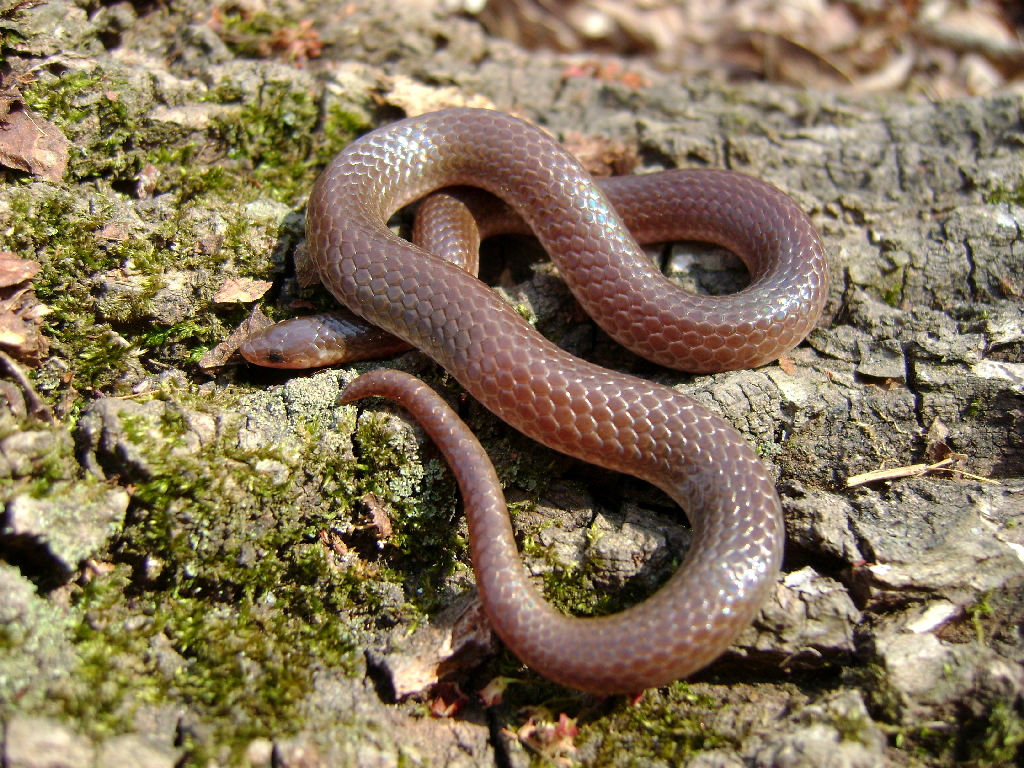
The precision of snake movement depends on sophisticated neural control systems that coordinate hundreds of muscle segments simultaneously. Their central pattern generators—specialized neural circuits in the spinal cord—generate rhythmic motor patterns that create the basic undulatory movements even without constant brain input. Proprioceptive feedback from specialized sensory neurons throughout the musculoskeletal system provides constant updates about body position, muscle tension, and contact with surfaces. This sensory information allows real-time adjustments to movement patterns as the snake encounters different terrains or obstacles. Additionally, the snake’s brain integrates visual information and environmental cues to plan movement trajectories and select the optimal locomotion method for each situation. This distributed control system enables both automated movement sequences and precise voluntary adjustments, creating a movement control architecture that compensates for the absence of limbs through increased neural sophistication.
Biomechanical Efficiency Innovations
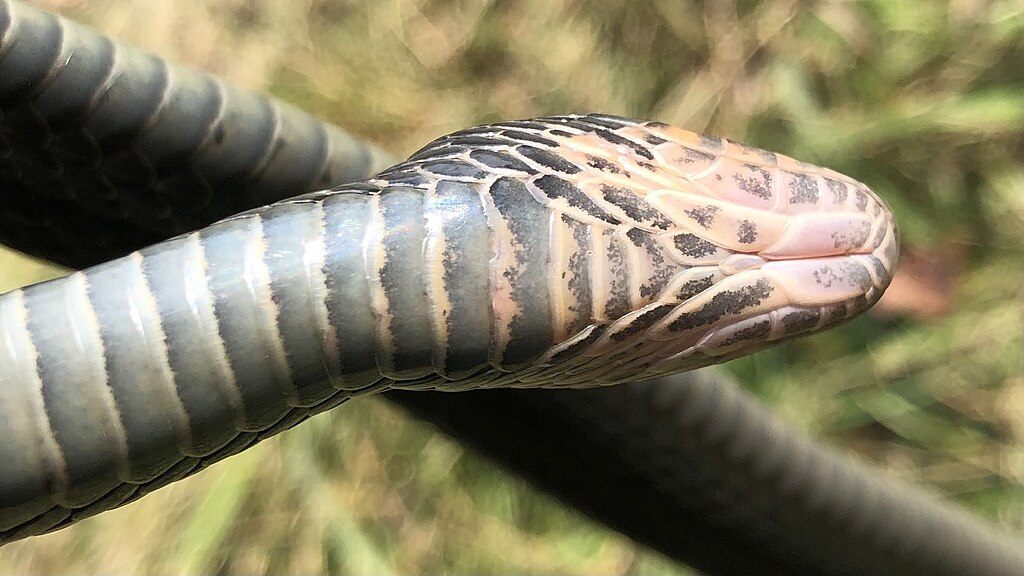
Research into snake locomotion has revealed remarkable biomechanical efficiencies that often surpass limbed animals in specific contexts. Studies using force plates show that snakes convert muscular energy into forward motion with minimal waste, particularly during steady-state movement. Their segmented design allows different body regions to perform specialized functions simultaneously—posterior segments provide propulsion while anterior segments can explore or manipulate the environment. The absence of limbs actually reduces the metabolic cost of supporting appendages during movement, creating an energetically efficient body design for certain ecological niches. Some species exhibit remarkable energy conservation strategies, like the sidewinder’s ability to traverse loose sand using 30% less energy than other movement patterns would require on the same surface. These biomechanical innovations demonstrate how evolution has refined limbless locomotion into a highly efficient movement system rather than merely compensating for a limitation.
Future Applications in Robotics and Engineering
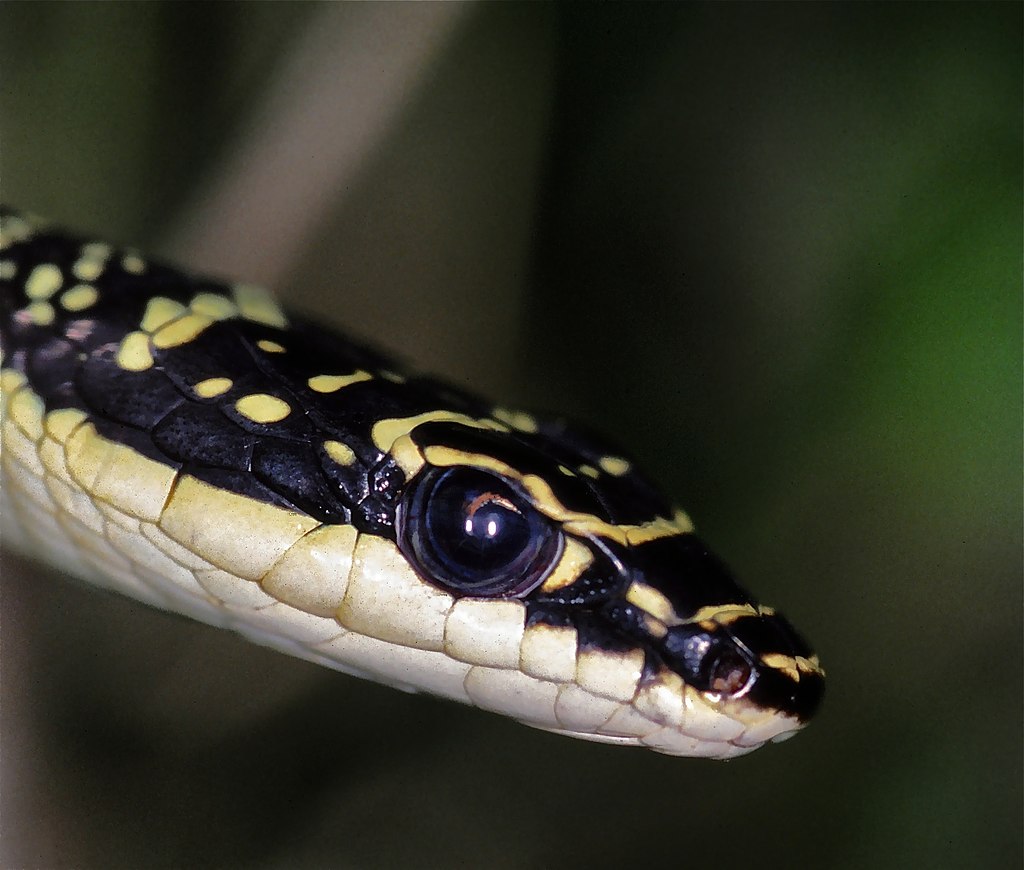
Snake locomotion has become a valuable model for engineers developing robots that can navigate disaster zones, perform search and rescue operations, or inspect confined spaces inaccessible to traditional wheeled or legged robots. Researchers at universities like Carnegie Mellon and Stanford have created snake-inspired robots that can climb poles, navigate rubble, and even swim—all without appendages. These biomimetic designs replicate the segmented flexibility and distributed control systems of actual snakes, creating machines with unprecedented mobility in challenging environments. Medical applications include snake-inspired surgical tools that can navigate the complex anatomy of the human body less invasively than traditional instruments. The principles of snake locomotion are even informing next-generation space exploration robots designed to traverse the varied terrains of other planets without the vulnerability of wheels or legs that could become stuck. This cross-disciplinary inspiration demonstrates how the study of snake movement continues to yield innovations beyond biological understanding.
Conclusion: Evolution’s Elegant Solution

The remarkable locomotion abilities of snakes stand as a testament to evolution’s capacity to transform apparent limitations into specialized advantages. Through comprehensive restructuring of their musculoskeletal system, development of specialized scales, and refinement of neural control systems, snakes have not merely compensated for limblessness—they have elevated it to an art form of biological engineering. Their ability to traverse virtually any terrain on Earth without appendages demonstrates nature’s remarkable problem-solving capacity through evolutionary processes. Far from being a disadvantage, the serpentine body plan has opened ecological niches and movement possibilities that would remain inaccessible to limbed animals. As we continue to study these remarkable creatures, they offer not only insights into evolutionary adaptation but also inspiration for human engineering challenges. In the serpent’s sinuous movements, we witness one of nature’s most elegant solutions to the fundamental challenge of mobility.





